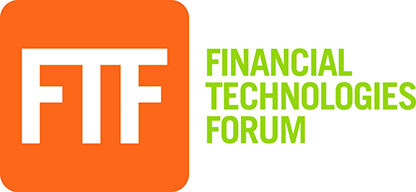Introduction: Is data governance the silver bullet for all your data issues? Has the marriage of performance departments and the data office been a successful one? In this blog, we’ll explore the significance of data governance and its impact on addressing data challenges in the performance measurement and client reporting industry. Understanding Data Governance: Data
KYC
Calculating Value Add at Scale for Tax-Managed Accounts
In this post, we will explain what tax-managed separately managed accounts (SMAs) are, clarify terms relative to performance measurement for tax-managed SMAs, and the challenges faced by performance professionals in measuring and attributing performance. After-Tax Returns Investors who care about maximizing after-tax returns may sometimes consider using tax-managed SMAs as part of their portfolio strategy.
Standards
UMAs Are Popular But They Have Reporting Challenges
What is a unified managed account also known as a UMA? In simple terms, it is a way to unify a client’s managed assets into one account. Instead of having one account for a large-cap separately managed account (SMA), another one for a fixed income SMA, and a third one housing mutual funds and exchange-traded
Buy-Side
What’s at the Heart of Investment Skills?
Investment skill is the raison d’être of the asset management industry. Asset managers are paid to have it and their clients pay them for it. Despite this, empirical evidence of its existence, and what it looks like in practice, up to now, has been sparse, to say the least. We at Inalytics have filled that
Automation
T+1 in Canada: Same Goal, Different Plays
Canada and the U.S. have shared a common standard securities settlement cycle for longer than most in the industry today can remember. Industry participants in both countries successfully moved from a standard cycle of five to three business days after trade date (from T+5 to T+3) in 1995 and from T+3 to T+2 in 2017.
KYC
Some Pointers On Picking New IT Providers
As financial services firms work to create efficiencies in the performance measurement and client reporting teams, there are some fundamental questions that need to be addressed from an information technology (IT) management perspective. These questions also apply to all IT systems that support other facets of securities operations. Firms need to be sure to include
KYC
Turning Margining Challenges into Solutions
(Editor’s Note: In this guest post for the Bull Run, Varqa Abyaneh, chief product officer from Quantile Technologies Ltd. focuses on industry participants grappling with the costs of funding multiple margin requirements globally.) Designed to improve the safety and stability of markets, regulation inevitably increases the cost of trading. Participants are still expected to deliver
Automation
Don’t Think like a Human When Designing RPA Systems
Robotic process automation (RPA) is undoubtedly the hottest topic in discussions about the architecture and functionality of modern financial back-office support systems, including post-trade operations. What started as efforts to improve productivity of various, isolated labor-intensive data processing operations has quickly become an integral component of digital transformation strategies for financial institutions around the world.
Buy-Side
GIPS® 20/20 Updates
By Michael Beck, CIPM, CFP, vice president at Glenmede The Global Investment Performance Standards (GIPS®) have been in existence since 1999 and were revised in both 2005 and 2010. They are used to promote ethics and integrity in the financial services marketplace by having voluntary compliance by asset managers. There are currently 41 country sponsors
Back-Office
Redesign Your Thinking
By Adam Sherman, Social Media Director at New York Life. Fiction Factory, a Scottish pop group from the 80s, was in rotation on Sirius XM’s New Wave channel this morning. The band’s name struck a chord with me. It turns out the music group’s moniker aptly captures the zeitgeist that is playing out in our









